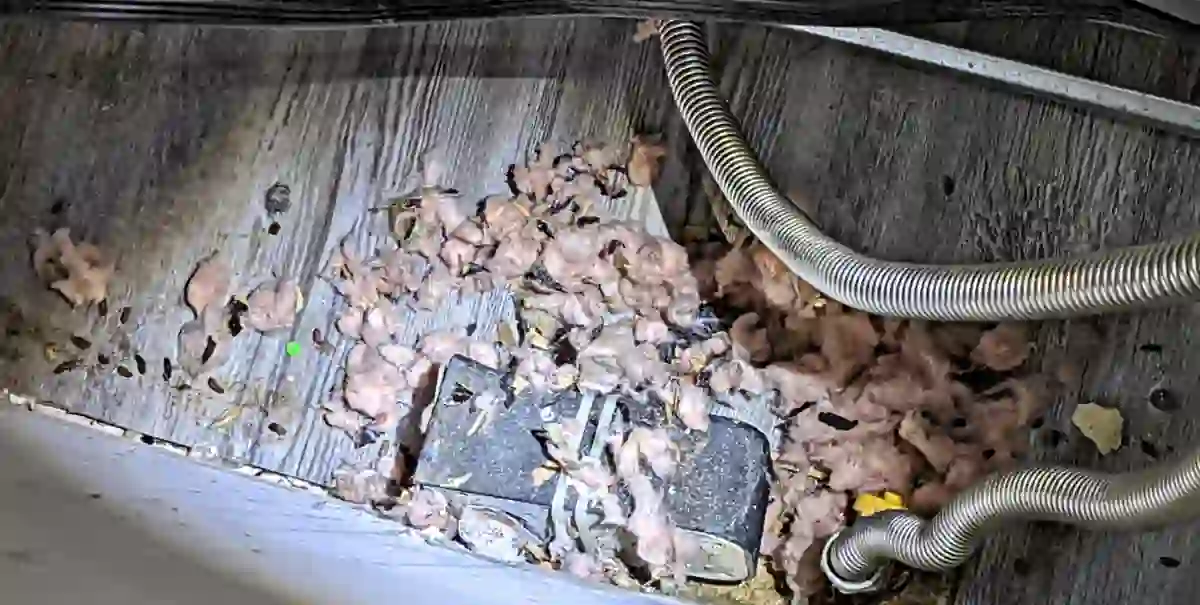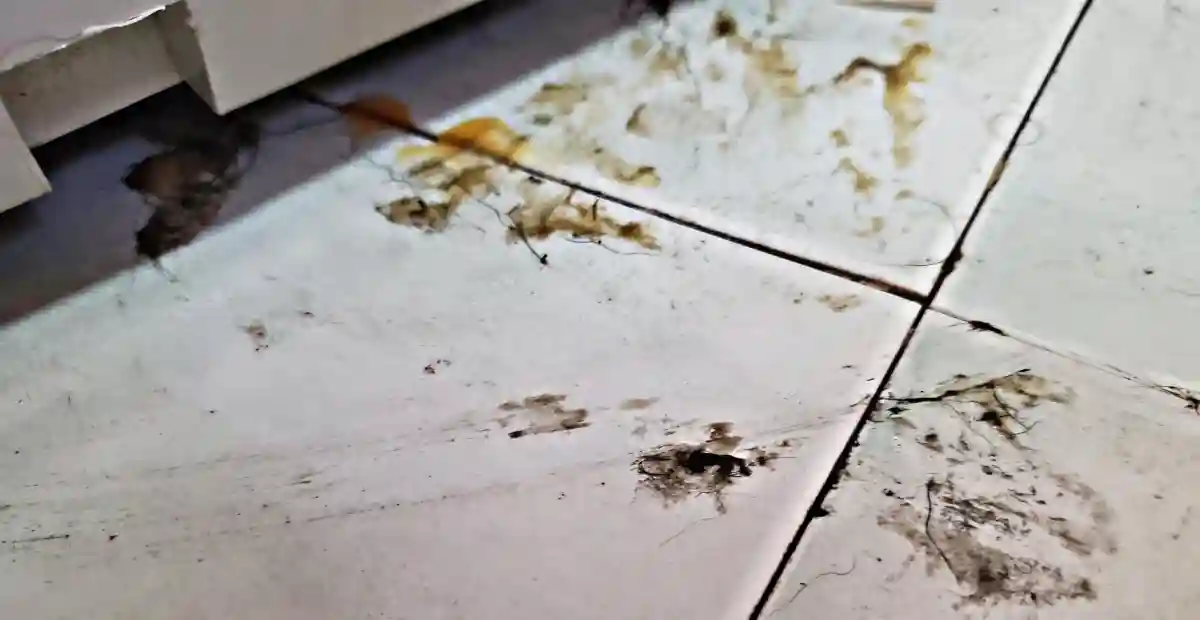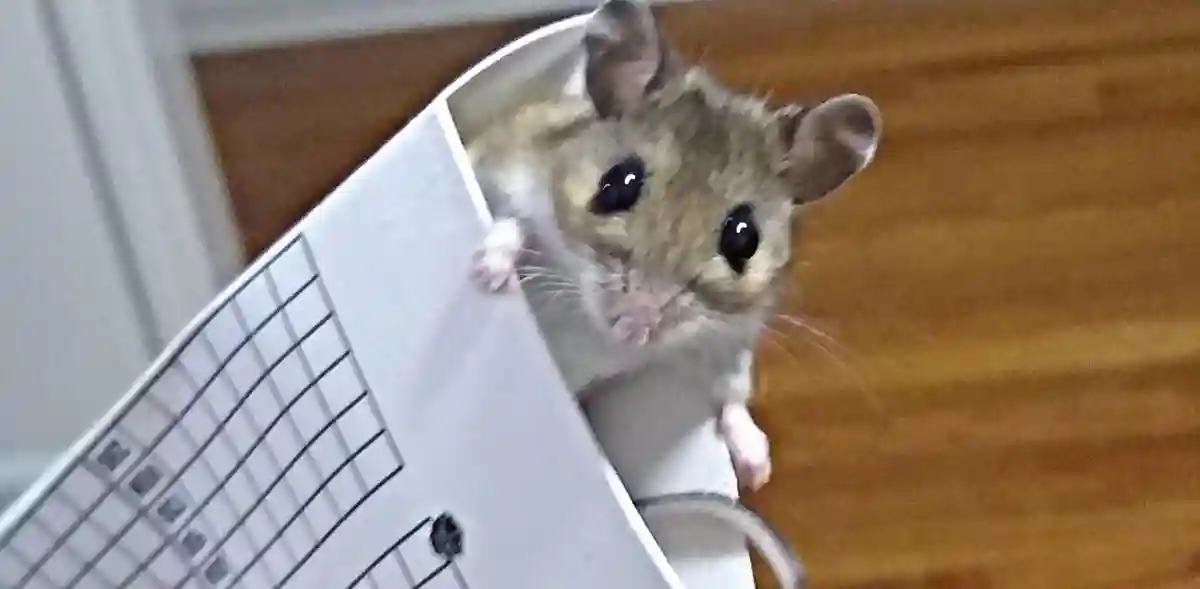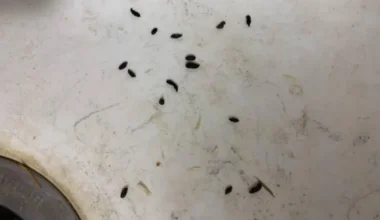Rats nest in places where they have access to food sources. Century homes, in particular, are susceptible to rat infestations due to the decline in their foundations and outdated plumbing, which the rats can exploit to enter the premises. The crawlspace, a convenient hiding place for rats, offers a desirable environment for them, as it remains cool in summer and warm in winter. These pests create underground tunnels that grant them unhindered movement in and out of the crawlspace.
So, if you observed mice evidence such as poop in your crawlspace, you want to get rid of it. In this guide, you will learn how to clean rat poop in crawl space and make sure to keep them from returning.
If rats are left unchecked, they can eventually burrow into your home through the crawlspace and create nests within the walls, causing extensive damage. Not only are they unsanitary, leaving behind feces that can contaminate your insulation, but they also emit unpleasant odors. Dead rats, in particular, can release a potent scent that lingers for several weeks.
How to clean rat poop in crawl space
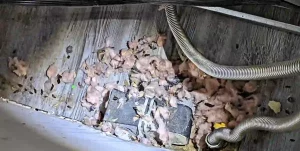
Cleaning up rat droppings in your crawl space can be a difficult and potentially hazardous task, as the droppings can carry harmful bacteria and viruses. Here are safe steps you can take to clean rat poop in crawl space:
1. Gear up and clean the poop
You need the following cleaning materials:
- Protective clothing (gloves, long sleeves, pants, and boots or shoe covers)
- N95 or higher-rated respirator mask
- Safety goggles
- Headlamp or flashlight
- Garbage bags (heavy-duty)
- Handheld vacuum with a HEPA filter or a wet-dry vacuum
- Disinfectant solution (1 part bleach to 9 parts water, or a commercial disinfectant)
- Spray bottle
- Scrub brush
- Paper towels or disposable rags
Now, put on gloves, a face mask, and protective clothing such as overalls, long-sleeved shirts, and pants to avoid contact with the droppings.
Open all doors and windows to the crawl space, if possible, to increase ventilation and decrease the concentration of airborne particles.
Wear rubber gloves, goggles, an N95 mask, long-sleeved clothing, and rubber boots to protect yourself from exposure to harmful pathogens.
Start by removing large feces, dead rats, and nesting material with a shovel or scooper. Place them in a sturdy plastic bag, seal them tightly, and dispose of them in an outdoor trash can.
You also want to disinfect the area. Spray the entire crawl space with a 10% bleach solution or commercial disinfectant. Be sure to saturate all surfaces and let the solution sit for at least 10 minutes to kill any remaining pathogens.
Use paper towels or disposable rags to wipe up any remaining feces and debris. Dispose of these materials in a sealed plastic bag. If you have a vacuum with a HEPA filter, vacuum the entire crawl space to remove any remaining particles. Be sure to dispose of the vacuum bag or filter afterward.
Finally, wash your hands and clean your tools once you’ve finished cleaning the rat poop in the crawl space. Wash your hands thoroughly with soap and water.
2. Install a one-way door at the point of entry
This door is designed to allow the rats to exit the crawlspace but will prevent them from re-entering your crawl space. In addition, seal any other potential entry points, such as cracks in the foundation using rat-proof materials, such as mesh or caulking.
3. Place baits and humane traps
In addition to installing the one-way door after you clean rat poop in crawl space, employ the use of baits and traps. Place snap traps within the crawlspace to target the rats already inside, while bait stations will be positioned outside to address the overall rat population.
Bait stations are designed as black boxes containing a specially formulated rodenticide that is attractive to rats, yet safe for other animals in the surrounding area. The bait stations are also equipped with tamper-proof locks that can only be accessed with a key, preventing access by dogs, raccoons, or children. After consuming the bait, the rats will retreat to their burrows and eventually die.
You can create your own rat poison using baking soda.
4. Keep your property tidy
The resolution of a rat problem in a crawl space typically takes place within a few weeks, depending on the extent of the infestation. It requires consistent trapping and baiting to effectively eliminate the pests.
Makes sure to maintain a tidy property by removing all food sources from the yard, including fallen fruit, bird seed, and easily accessible garbage cans. Additionally, after you clean rat poop in crawl space, try to keep things away from the sides of the home and maintain a well-groomed yard to eliminate rat hiding spots.
Indoors, it is crucial to maintain a clean environment and store food in airtight containers to further deter the rats.
5. Seek professional assistance
If after you clean rat poop in crawl space, they keep coming back or you still notice evidence of mice activities, consider professional assistance.
A professional technician will perform a thorough inspection of your property, identify the sources of infestation, and prevent rats from nesting and messing up your crawl space.
Keeping rats out of your crawl space
Rats are wild animals and will quickly repopulate an area once treatment stops. Thus, to prevent rats from re-entering your crawl space, you must implement permanent expulsion measures to keep them out for good. Do the following:
1. Inspect and seal cracks and gaps
To prevent future rat infestations after you clean rat poop in crawl space, thoroughly inspect your foundation for any gaps or openings that a rat could exploit. Seal off these gaps using epoxy or a suitable sealant.
Ensure that wall vents are covered with mesh, and seal any other holes found in the walls of your home. Additionally, repair holes in the sides of your deck, fill gaps around cable lines and plumbing and install weatherstripping on the bottoms of doors to further prevent rat entry.
2. Install mesh along your foundations
As rats are known to burrow underground, you may want to consider installing mesh along the sides of your foundation. This can be accomplished by digging a trench, about one foot deep, along the sides of your home and securing a 16-gauge, quarter-inch galvanized steel mesh into the foundation walls.
Mesh material is known to be rat-proof. Once it is in place, fill in the trench. You can get a professional to assist with this process if necessary.
3. Crawl space encapsulation
The most effective method of keeping rats out of your crawl space permanently is to invest in crawlspace encapsulation. Pest control professionals will install a rat-proof mesh into the walls and flooring of the crawlspace. This mesh is too narrow for pests to pass through and strong enough to withstand rats chewing and tearing. Every surface of the crawlspace must be covered to ensure that it is completely sealed and protected from rat infestations.
Final thoughts
Rats are a real health hazard. Their poop and saliva can spread bacteria, contaminate food sources, and give you allergic reactions — King County. The poop in your crawl space indicates their presence, so you have to expel them from your home quickly.
Ultimately, if you decide to invest in professionals to help clean rat poop in crawl space and stop rats from returning, consider a crawl space encapsulation service that comes with a year or more warranty to ensure that in the event of any issues, the exterminator will return to fix it.
